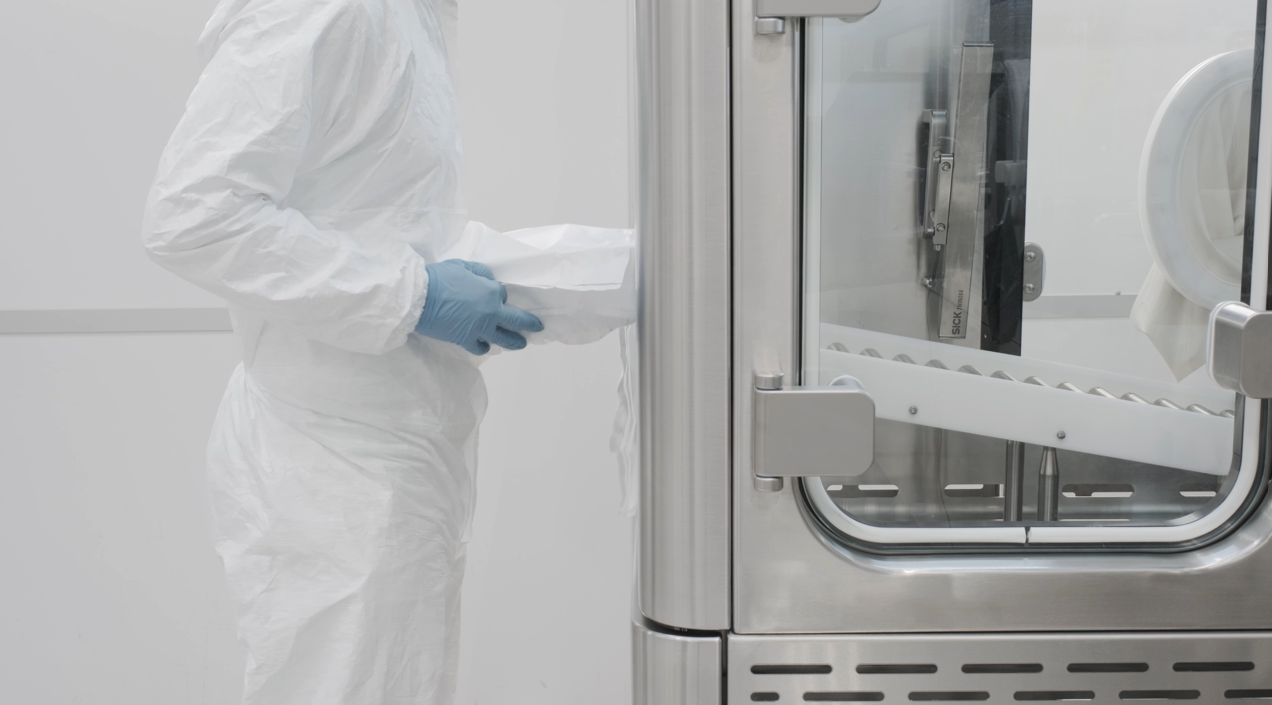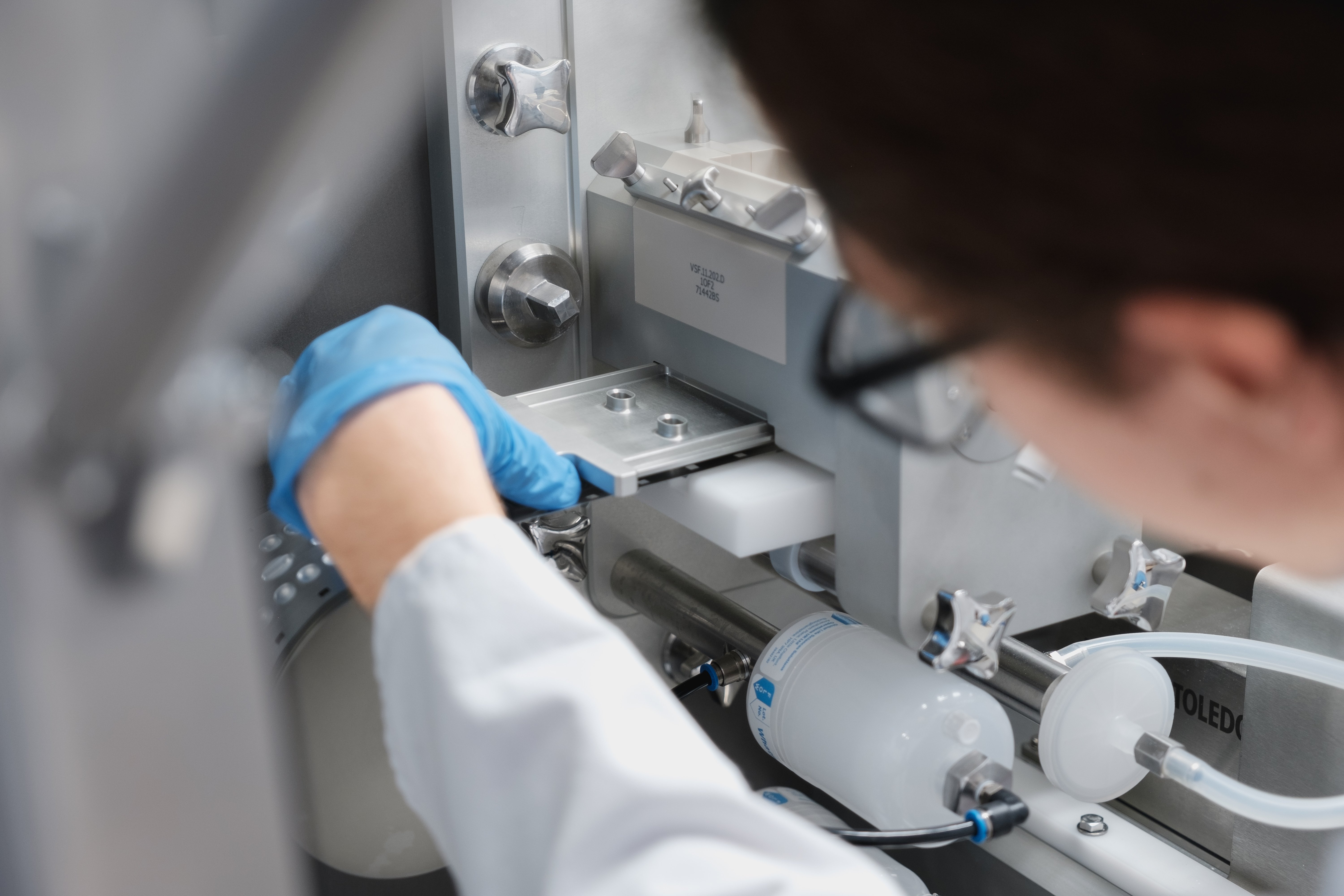The Future of Aseptic Manufacturing: Compact and Advanced Solutions
As the pharmaceutical industry advances into more complex modalities, from biologics to cell and gene therapies, the need for flexible,...
2 min read
David Johnson : 3 October 2023
In the world of pharmaceutical manufacturing, ensuring the safety and efficacy of drugs is paramount. Aseptic techniques play a pivotal role in achieving this goal. These techniques are a set of practices and procedures designed to prevent contamination and maintain the sterility of pharmaceutical products throughout the manufacturing process. In this blog, we will explore the significance of aseptic techniques in pharmaceutical manufacturing and understand why they are crucial for the industry's success.
Aseptic techniques involve creating and maintaining a sterile environment during the production of pharmaceutical products. This entails preventing the introduction of microorganisms such as bacteria, viruses, and fungi that could compromise the quality of drugs. The techniques include the use of sterile equipment, cleanroom environments, and rigorous personnel training.
Aseptic techniques are the cornerstone of pharmaceutical manufacturing. They ensure the safety, efficacy, and quality of drugs while safeguarding the reputation of pharmaceutical companies. By adhering to these techniques, manufacturers not only meet regulatory requirements but also contribute to the well-being of patients worldwide. In an industry where the stakes are incredibly high, aseptic techniques are non-negotiable, and their importance cannot be overstated.

As the pharmaceutical industry advances into more complex modalities, from biologics to cell and gene therapies, the need for flexible,...

In this webinar recap, David Johnson, Sales & Marketing Director at 3P innovation, and Tracy Moore, Principal Consultant at TM Pharma and former...

Our DPI blister filling capabilities draw on long-standing experience, our founder, Tom Bailey, is one of the named inventors of the DPI filling...
